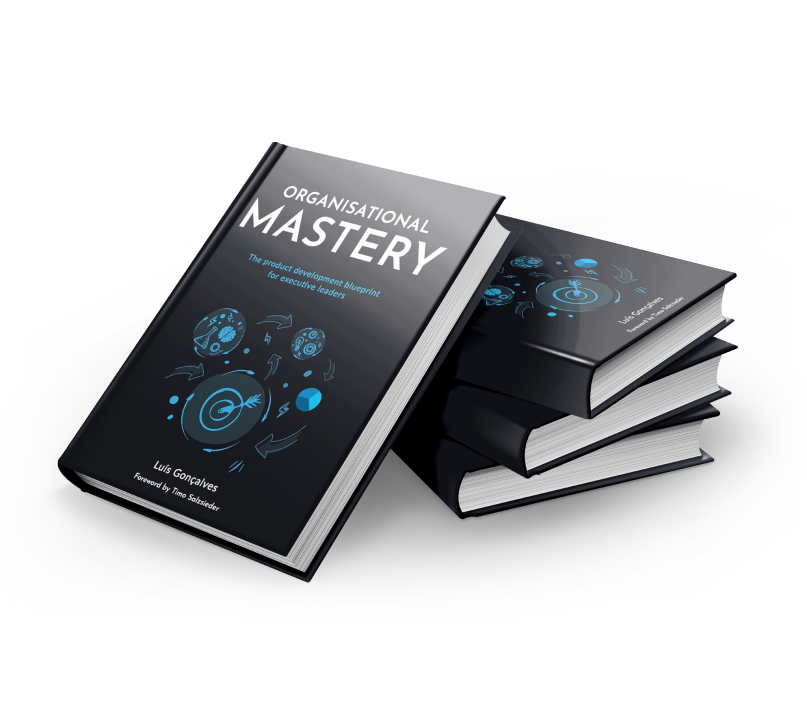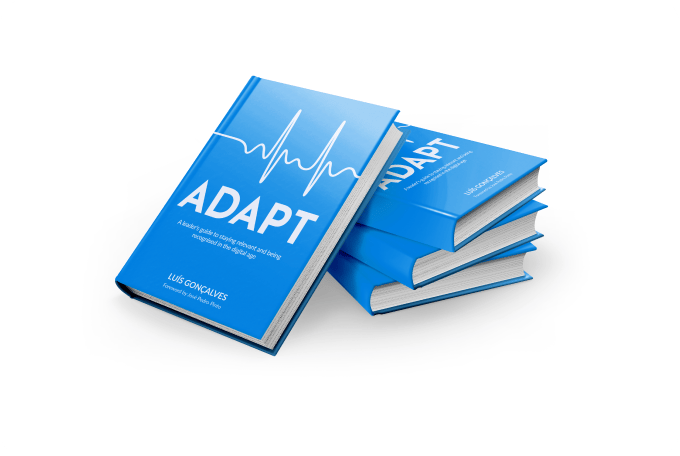Share this
Integration Testing vs Unit Testing The Complete Explanation
by Mário Figueira on Jan 13, 2024 6:16:48 AM
In the realm of software development, the journey from a project-centric approach to a product-led one is riddled with challenges. The ADAPT Methodology® offers a comprehensive framework to navigate this transition. One of the pivotal pillars of this methodology is Agility, with a significant emphasis on Technical excellence. But what does Technical Excellency entail, and how do integration and unit testing fit into the picture?
Understanding Technical Excellency in the ADAPT Framework
Technical Excellency is not just about having skilled developers or using the latest technologies. It's about fostering a mindset that prioritizes quality, continuous improvement, and adaptability. In the context of the ADAPT Methodology®, Technical Excellency ensures that as organizations transition from projects to products, they maintain a high standard of quality, reliability, and agility in their software development processes.
Unit Testing and Integration Testing: The Building Blocks of Technical Excellency
Two fundamental testing methodologies that underpin Technical excellence are unit testing and integration testing. Let's delve into their roles:
Introduction To Integration Testing vs Unit Testing
Every software application is a complex amalgamation of code, designed to perform specific tasks. However, how do developers ensure that each line of code, each module, and the interactions between these modules work seamlessly? The answer lies in testing, and more specifically, in Integration and Unit Testing.
Unit Testing: The Microscopic View
Definition: Unit testing is a software testing method where individual components or modules of software are tested in isolation. The primary objective is to validate that each unit of the software performs as designed.
Advantages:
- Isolation: By testing each component separately, it becomes easier to pinpoint defects or issues. This isolation ensures that the testing is specific and focused.
- Efficiency: Since unit tests target specific code segments, they are quick to write and execute.
- Modularity: Encourages developers to write modular and reusable code, leading to better software design and architecture.
Disadvantages:
- Limited Scope: While unit tests are great for checking individual components, they might not detect issues that arise when these components interact.
- False Confidence: A component passing a unit test doesn't guarantee its flawless functionality in a real-world scenario, potentially leading to overconfidence.
Integration Testing: The Macroscopic View
Definition: Integration testing is a type of testing where individual units or components are combined and tested as a group. The main goal is to expose faults in the interaction between integrated units.
Advantages:
- Comprehensive Coverage: By testing the interactions between components, integration testing can uncover issues that unit tests might overlook.
- Realistic Scenarios: Often conducted in an environment that mirrors production, integration tests provide insights into how the software will perform when deployed.
Disadvantages:
- Complexity: Given the interdependencies, setting up integration tests can be intricate and challenging.
- Execution Time: Testing multiple components together, especially in a near-production environment, can be time-consuming.
Integration Testing vs Unit Testing: A Comparative Analysis
- Scope of Testing:
- Unit Testing: Focuses on individual components.
- Integration Testing: Concentrates on the interaction between components.
- Granularity:
- Unit Testing: Fine-grained, targeting specific code segments.
- Integration Testing: Coarser, examining larger sections or the entire system.
- Maintenance:
- Unit Testing: Easier to maintain due to its isolated nature.
- Integration Testing: Can be challenging because of the interdependencies between components.
- Execution Time:
- Unit Testing: Generally faster due to its limited scope.
- Integration Testing: Takes longer, given its comprehensive nature.
Choosing the Right Testing Approach
The decision between unit and integration testing isn't binary. Instead, it's about understanding the project's needs and applying the right testing strategy at the right time.
- Project Complexity: For intricate projects with numerous interacting components, integration testing becomes indispensable.
- Development Methodology: Approaches like Test-Driven Development (TDD) inherently rely on unit testing.
- Team Expertise: A team well-versed in unit testing might lean towards it for its familiarity and efficiency.
- Time and Budget: While unit tests are quicker, integration tests offer a holistic view, making it essential to strike a balance based on project constraints.
Harmonizing Unit and Integration Testing
In an ideal software development environment, both unit and integration testing coexist. They complement each other, ensuring that both individual components and their interactions are devoid of defects. By leveraging the strengths of both testing methodologies, developers can ensure that the software is robust, functional, and ready for deployment.
FAQs Integration Testing vs Unit Testing
- Main differences between unit testing vs integration testing? Unit testing focuses on individual components, while integration testing examines the interactions between components.
- Which type of testing is faster to execute? Unit tests are typically faster to execute since they focus on smaller, isolated pieces of code.
- Which type of testing provides more comprehensive coverage? Integration testing provides more comprehensive coverage, as it tests the interactions between multiple components within a system.
- When should I choose unit testing over integration testing, or vice versa? The choice between unit and integration testing depends on your project requirements, team size and expertise, development methodology, and budget and time constraints.
- Can I use both unit testing and integration testing in my project? Yes, using a combination of unit and integration testing is often the most effective way to ensure high-quality, reliable software.
Conclusion
In the quest for impeccable software, testing is the beacon that guides developers. Both unit testing and integration testing, with their distinct methodologies and objectives, play pivotal roles in this journey. While unit testing offers a microscopic view, integration testing provides a macroscopic perspective.
Together, they form the bedrock of quality assurance in software development, ensuring that applications are not only functional but also reliable and efficient.
By understanding the nuances of Integration Testing and Unit Testing, developers and testers can make informed decisions, ensuring that their software stands the test of time and delivers unmatched value to its users.
Did you like this article?
We enable leaders to become highly valued and recognized by adapting their project-centric company into a product-led company, society changed and leaders need support to adapt their companies to the digital era, that is the reason why the ADAPT Methodology® was created!
If you are interested in knowing if your company is a project-centric or a product-led company simply take our Project To Product Scorecard.
If you want to know how we can help you to start your transformation please check out our: Project To Product Training.
If you are interested in doing a transformation in your company please check out our: Project To Product Consulting.
Share this
- Agile Methodologies (18)
- Product Strategy (18)
- OKRs (16)
- Scrum (16)
- Product Mindset (14)
- Project To Product (10)
- Agile Retrospectives (9)
- CoPs (9)
- Knowledge Sharing (9)
- Time To Market (8)
- Product Discovery (7)
- Continuous Improvement (5)
- Strategy (5)
- Scrum Master (4)
- Content Marketing Strategy (3)
- Product Owner (3)
- Technical Excellency (3)
- Digital Transformation (2)
- Innovation (2)
- Scaling (2)
- Team Building (2)
- Business Model (1)
- Cost Of Delay (1)
- Customer Feedback (1)
- Customer Journey (1)
- Customer Personas (1)
- Design Thinking (1)
- Digital Leadership (1)
- Digital Product Tools (1)
- Go To Market Strategy (1)
- Google Design Sprint (1)
- Lean Budgeting (1)
- Lean Change Management (1)
- Market Solution Fit (1)
- Organisational Impediments (1)
- Outsourcing (1)
- Product (1)
- Product Metrics (1)
- Product Roadmaps (1)

Organisational Mastery
Get your free copy

ADAPT
Get your free copy

Product First
Get your free copy

